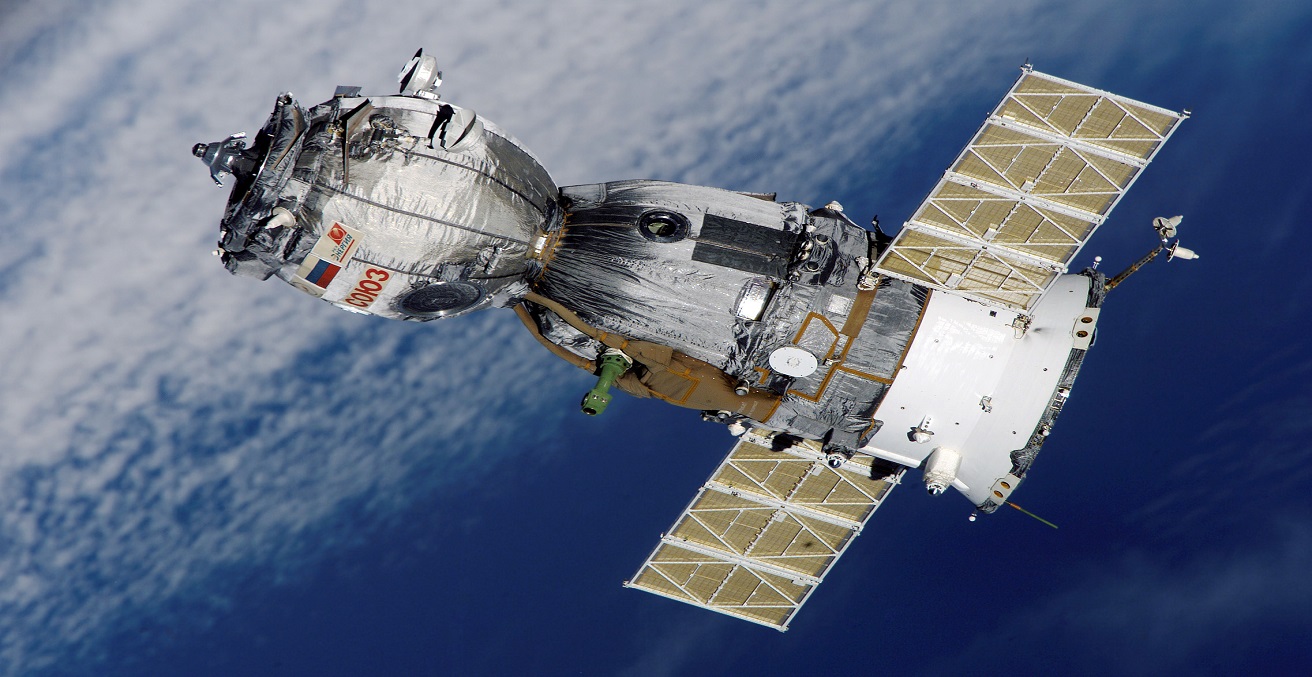Australia in Outer Space: US–China Rivalry and Conflict Entrapment

Australia is expanding its outer space infrastructure through its defence partnership with the US, but at the risk of being dragged into conflict with China.
Australia’s space policy, a crucial area for national security, continues to receive little interest beyond a few specialists. With outer space becoming a more complex and competitive environment, scholarly engagement with Australia’s security agenda in this area has lagged behind government activity.
Moreover, the changing military technology in outer space adds new layers of complexity to alliance diplomacy. Due to the vulnerability of satellites and space-related information networks to new types of weapons, it is important to consider Australia’s potential entrapment within US–China rivalry in Asia, particularly in outer space.
The concept of entrapment
The process of entrapment—being drawn into a conflict due to an ally’s interest divergent of one’s own—is a risk that could arise for Australia in a US-China conflict over Taiwan. If US-China rivalry continues to intensify in the years ahead, a local dispute could quickly flare into a major confrontation between Beijing and Washington.
This unresolved dispute is a concern for Australian foreign policy, which can only hope to manage the fallout during a crisis over Taiwan. Furthermore, Chinese military aggression against Taiwan would place Australia in an uncomfortable position, but Canberra’s major concern would be the role of its US ally, and whether Washington would invoke a commitment from the ANZUS Treaty.
If a crisis escalates to military conflict between Taiwanese and Chinese forces, and the US is weighing up intervention, Australia might be entrapped alongside Washington. Several experts have warned that the current hosting of joint facilities between Canberra and Washington makes Australia a likely participant in any US-China dispute.
Short of dismantling the joint facilities and removing US military units from its territory, Australia may have little choice about its degree of involvement in any resulting conflict.
Changing demands of space security
Canberra has a long history of supporting US space operations and continues to host supportive infrastructure on Australian territory. However, new technology threatens to disrupt contemporary space assets. The US dependence on satellites to coordinate military activity across the globe means Washington has more to lose than its rivals from the weaponisation of space.
Australia plays a central role in this evolving space agenda as it has been investing significantly in space security infrastructure in recent years. These investments suggest that Australia is firmly committed to the US security agenda in outer space against potential rivals like China and raises questions for Australia’s strategic autonomy in a great-power conflict.
However, unlike earlier periods, Australia is exposed alongside Washington to new threats which fall short of nuclear weaponry. Indeed, the satellites jointly operated by Australia and the US appear vulnerable to advanced cyberattacks, a problem for national security which casts new light on Australian concerns about entrapment.
Cyberspace conflict
The vulnerability of shared space assets to cyber-infiltration is an unavoidable risk. This was confirmed in 2010, when the US, NATO partners and Australia conducted a Schriever war game, which explored cyberweapons in space. The war game lasted four days as participants searched in vain for an effective response to a hypothetical Chinese attack in a scenario resembling the Taiwan crisis, leaving a strong impression that the US military had limited options for fighting a cyberwar in space.
Trends in US and Chinese defence planning are also converging on the use of cyberweapons in outer space. If a military conflict broke out over Taiwan, China’s priority would be delaying US intervention for enough time to prosecute the conflict against Taipei. In order to achieve this outcome, Chinese military doctrine prioritises innovative weaponry that targets specific vulnerabilities in the regional deployment of US power.
The US Navy relies on satellites to operate near Taiwan island, whereas China’s field radars deployed across the straits provide sufficient coverage for military operations. With this advantage, it makes sense for China to restrict a local conflict to outer space.
There are complex problems for controlled escalation in outer space, because satellites also play a vital role in US nuclear posture. And while the threat of nuclear escalation might discourage Chinese aggression, it might also encourage risk taking. Conflict over Taiwan would be a test of great-power resolve; by gaining advantage through a cyberattack, Chinese leaders may gamble that the only effective response available to Washington is nuclear retaliation.
Australia’s stake in a Taiwan conflict
China may not deliberately intend to embroil Australia in conflict and unlike a more conventional missile strike against joint facilities, cyberattacks targeting shared infrastructure would still leave the option of diplomacy for Australian policymakers, particularly if the conflict does not escalate to nuclear war. As would be the case in a US–China conflict triggered by a maritime blockade, the effects of this military activity may produce serious harm to Australia’s economic and social stability, but at least in theory Canberra retains a slim opportunity to avoid the brunt of military violence.
However, the choice to refrain from a US–China conflict in outer space would likely be an undesirable one for Australia to make. This is because US officials may be tempted to deny Australia access to space assets, and Canberra would risk losing valuable data bandwidth if it abandoned Washington. The risk of being denied access to space-based data is unique to Australia as a regional ally of the US, as unlike other regional partners Canberra does not maintain an indigenous space program outside the alliance framework.
This supplies Washington with powerful leverage: Australia would likely prefer to maintain even limited access to space as part of a military coalition than complete denial, with all the harm this entails for domestic society and the capacity for situational awareness. It is difficult to imagine US officials providing bandwidth to a reluctant ally while their own space-based networks were under severe attack. In addition to the diplomatic consequences of abandoning the US alliance in a time of need, this situation might compel Australia’s involvement in an escalating US-China conflict.
Lessons for theory and policy
While one can remain hopeful that lessons from the Cold War have given the great powers a basic understanding of what activity is permissible in a diplomatic confrontation, the task is more complex for the US and China today. As defence planners give more thought to brinksmanship in cyber and outer space, there is a limited understanding of crisis behaviour in these domains. Without established red lines shared by officials on both sides, there is a serious risk of miscalculation and inadvertent escalation.
While there is mostly bipartisan political support in Canberra for the deterrence value of strengthening the US alliance, it is not clear whether technical decisions around the joint facilities are being approached with concerns like conflict entrapment in mind. Trying to distinguish between entanglement and entrapment in Australia’s case will require a more detailed understanding of crisis management issues in cyber and outer space. Ultimately, however, it is difficult to judge whether US behaviour during a crisis would stray beyond Canberra’s expectations as an ally.
What should be clear is that security cooperation via the joint facilities has arguably provided Canberra with a more complex position in great-power rivalry than during the Cold War. Above all, Australia’s strategic community must remain engaged with the technology of outer space.
As public discussion by the government about defence and intelligence collaboration in this area is understandably limited by concerns over secrecy, the task of holding a more open dialogue falls to the academic community. With more applied thinking in the years ahead and dialogue with regional counterparts, outer space could become an area where Canberra makes its voice heard on US-China relations, instead of being on the receiving end.
David Schaefer is a teaching fellow at Ormond College, University of Melbourne.
This article is an edited extract from an article published in the Australian Journal of International Affairs on 8 August 2017. It may be accessed in its unabridged form here.





